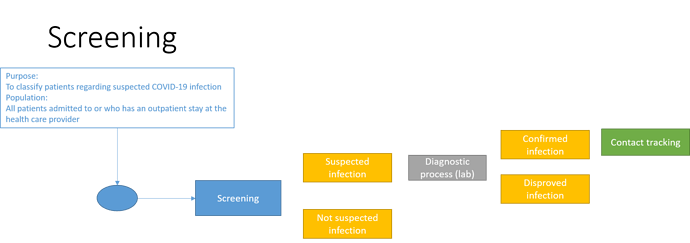This came directly from the screening assessments that I have seen it just means when did you return ‘home’ and is part of a generic travel history archetype that I built quickly on the basis of a CDC web page. It is very much a generic history, so does have the capacity to take a full history of all places travelled (reagrdless of known risk)
However, I felt that this was not quite right for our current use-case where the travel questions are very much directed at known risk areas. Ideally that should be multi-occurence to capture what you describwed bu there is a tech problem between CKM and AD that meant I had to remove the cluster thast would have mde this possible. @Sebastian Garde is loking at the ieeu. If you want I can add the cluster back in to the verison on AD, as it was working fine other than the display on CKM.
The detailed travel history, will I think be used in the context of recording/reporting a positive test , where much more detailed open-end questions are needed.
With respect to your original question, perhaps we could add an element to the Travel history around something like - Status - "Recent travel’ : “No recent travel” - tricky because that will not just be foreign travel



